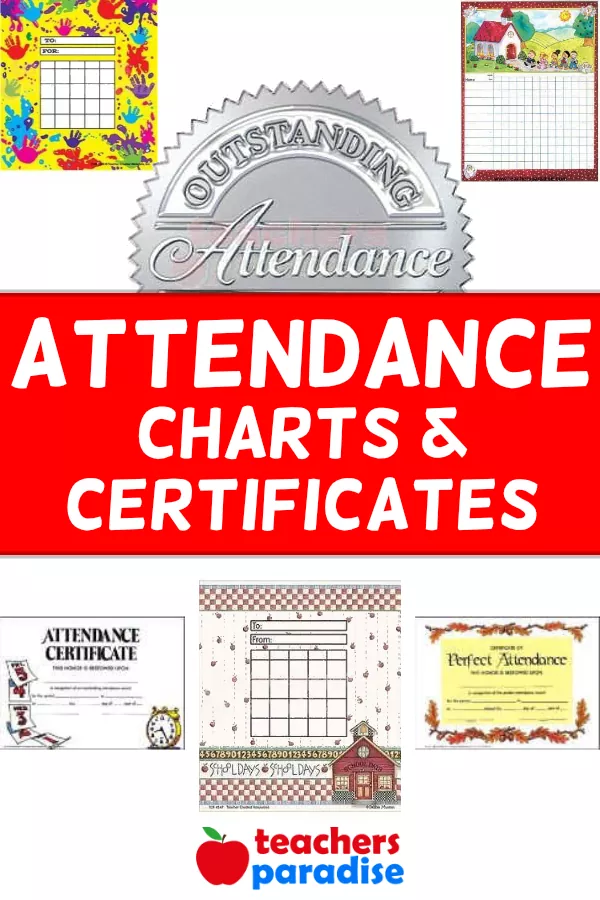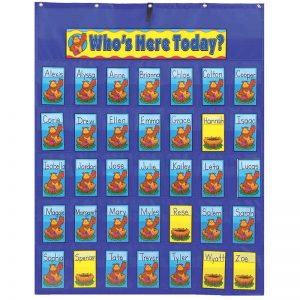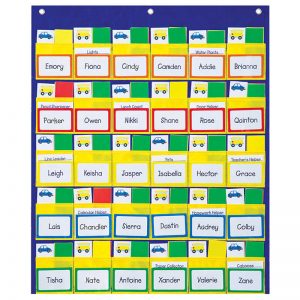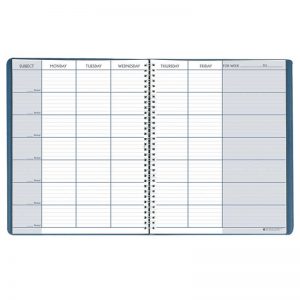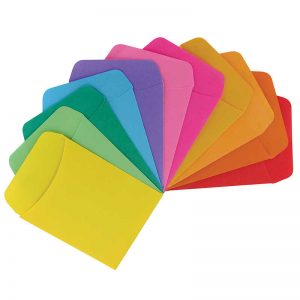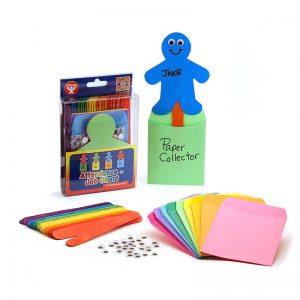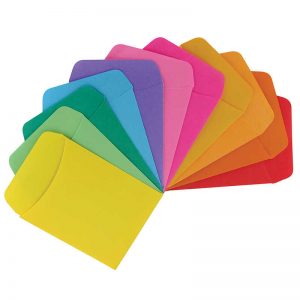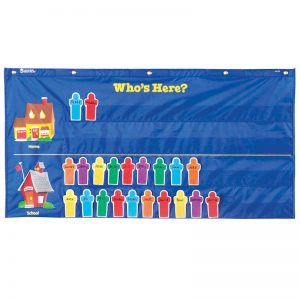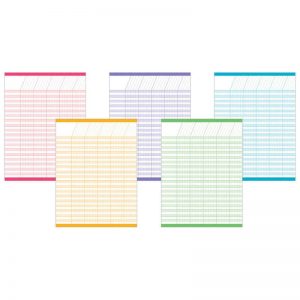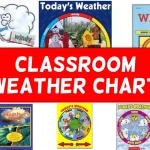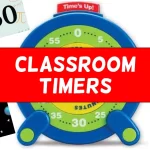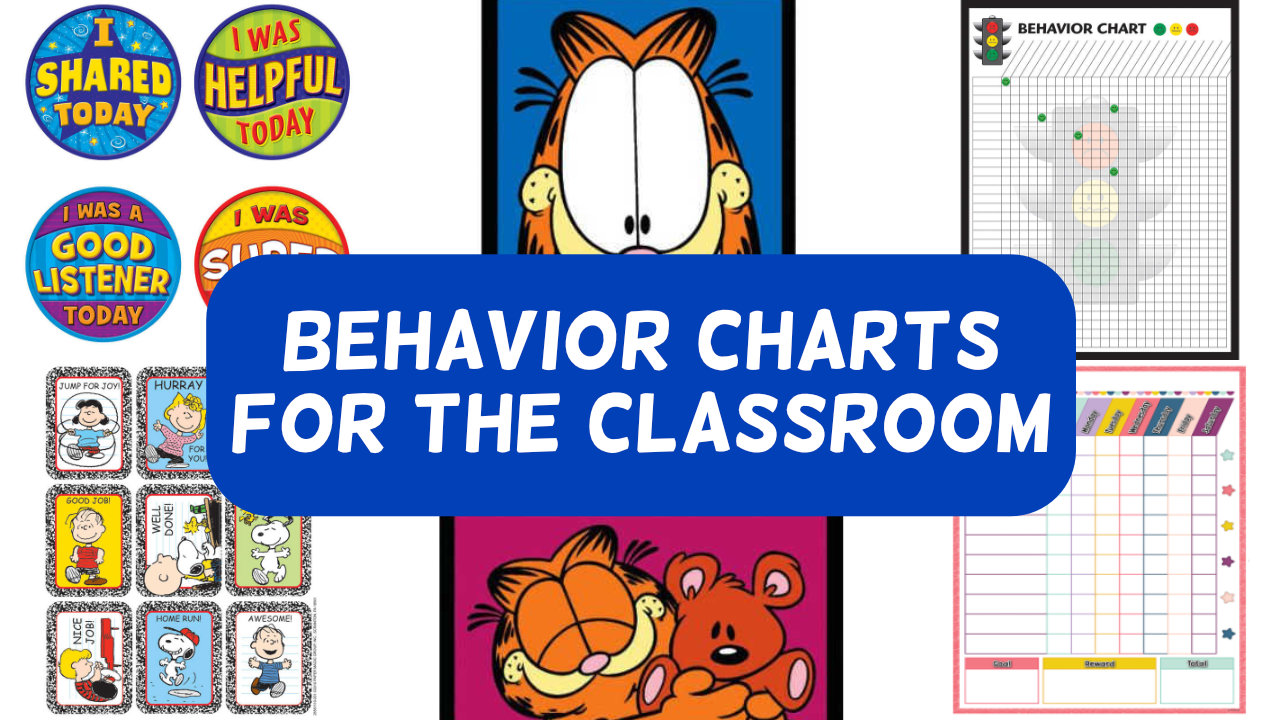Attendance charts are valuable for promoting routine, responsibility, and accountability among young students. They also aid in data collection, communication with parents, and classroom management. While they may not be necessary for every grade level, they can be particularly beneficial in PreK through 3rd-grade classrooms, where establishing good attendance habits early can impact a child’s education.

Top 10 reasons to use a Classroom Attendance Chart
- Promotes Punctuality: An attendance chart encourages students to arrive on time, fostering a sense of responsibility and punctuality from a young age. They become more aware of their attendance and tardiness when they see their names on the chart.
- Accountability: The chart holds both students and teachers accountable for attendance. Teachers can track patterns of absences, and students can see their attendance record, motivating them to improve it.
- Routine and Structure: A daily routine of checking the attendance chart can help establish structure in the classroom. It sets the expectation that attendance is essential and part of the daily classroom routine.
- Data Collection: Teachers can use the attendance data for various purposes, such as identifying trends in student attendance, monitoring chronic absenteeism, and addressing potential issues early on. This data can be valuable for parent-teacher conferences and school administrators.
- Incentives and Rewards: Some teachers use attendance charts as part of a reward system. Students with good attendance records may receive recognition, certificates, or other incentives, which can motivate them to attend regularly.
- Communication: The attendance chart can communicate between teachers and parents. If a child is frequently absent, the chart can alert teachers to contact parents to discuss any underlying issues affecting the student’s attendance.
- Visual Learning: For younger students, visual aids like attendance charts can effectively reinforce the concept of counting days, understanding patterns, and learning to recognize their names.
- Classroom Community: The attendance chart can create a sense of belonging and community in the classroom. When students see their classmates’ names on the chart, it reminds them that they are part of a group and reinforces a sense of belonging.
- Responsibility and Independence: Filling out their names on the chart or helping with attendance-related tasks can teach students responsibility and independence. It empowers them to take ownership of their attendance.
- Preparation for the Future: Regular attendance is an essential life skill that students will need as they progress through their educational journey and enter the workforce. Starting early with an attendance chart can help instill this skill.
View all of our attendance charts here.
Popular Attendance Charts & Attendance Products at TeachersParadise
Popular Attendance Charts at AMAZON
- INCENTIVE CHART – 6 Pack High end multi-color laminated dry erase incentive…
- High-quality materials: Classroom Attendance Chart quality polyester chart…
- Abundant Supply: you will receive 12 attendance sticker charts, each chart…
- Attendance Aide: Attendance Pocket Chart helps teachers to keep track of kids…
- If You’re Looking To Unleash Student Potential By Building Positive Habits…
Overall, keeping track of attendance is especially important in an elementary classroom. It helps promote responsibility and creates a positive classroom atmosphere. Using an attendance chart is a practical way to accomplish this goal.
